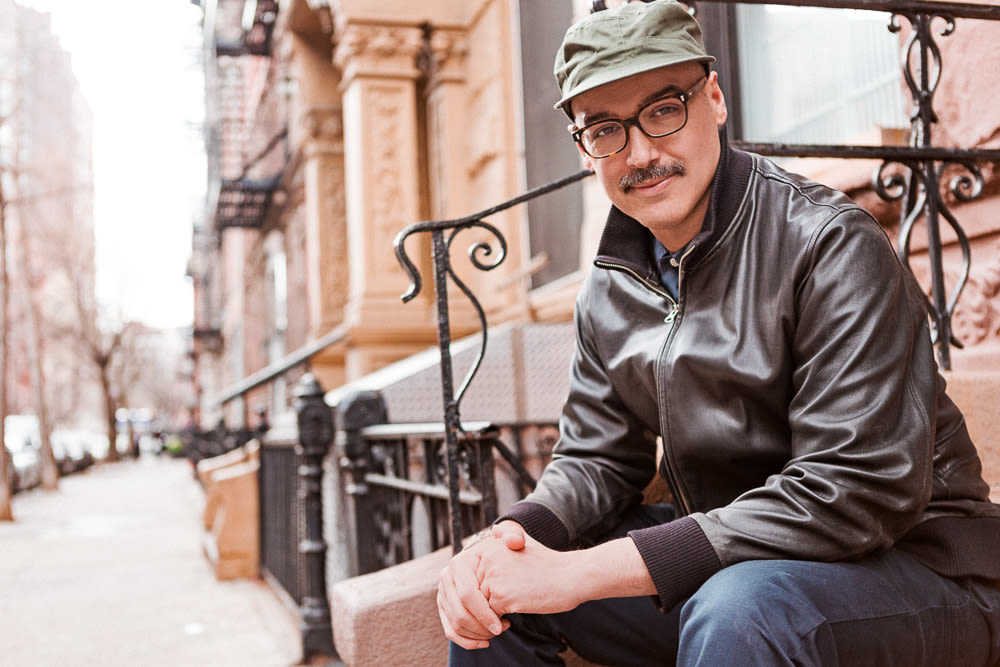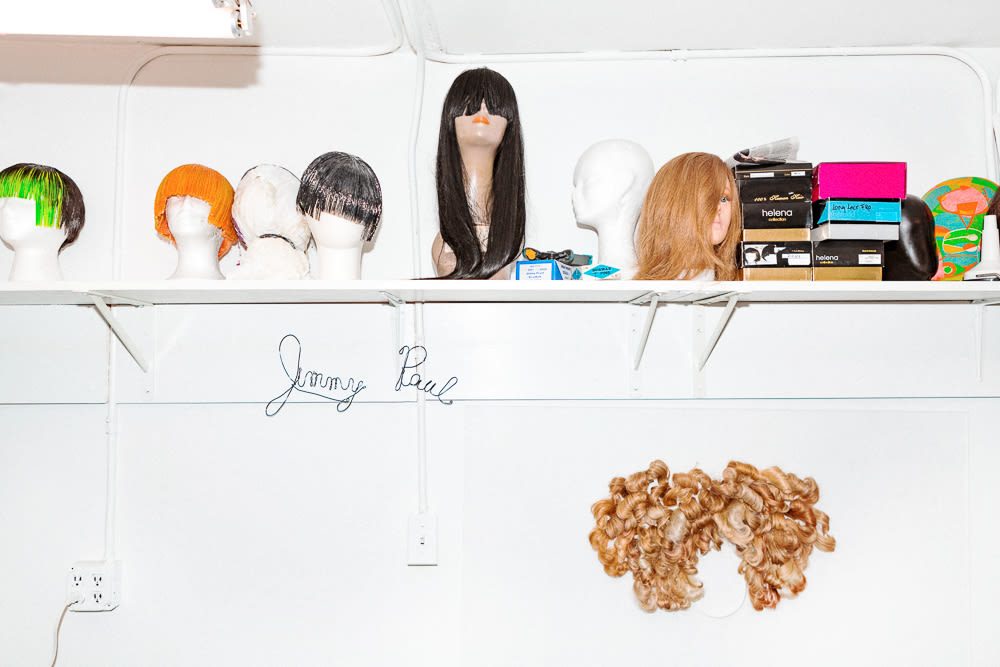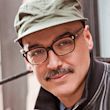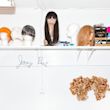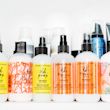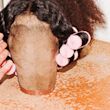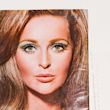“I grew up in Pittsburgh—well actually, a little town outside Pittsburgh called Swissvale. It was a working class kind of neighborhood. Very pleasant, everyone walked to school, that kind of thing. Looking back, I always thought it was interesting, because it’s the kind of place where a young gay kid is going to grow up kind of isolated, which can be inspiring—I’d spend a lot of time in my room in fantasy. I think I was six years old when I first thought, ‘I want to move away.’
But I stayed ‘til the end, because where I’m from, one of the worst things you could do was not graduate from high school. I graduated because it was important to my mother. She was kind of my primary parent, and I always looked up to her. She was a hairdresser and taught in a beauty school, but she had this look. I remember a girlfriend of mine telling me, ‘Oh, I used to see you guys at church and I thought you were European or something, because of the way your mother dressed. She always looked so great.’ It was a great sense of joy for a kid that was having a rough time, to have this cool mother. I would be like, ‘That’s my mom!’
When I was a teenager I talked to my mom about doing hair, and she was against the idea. But I wanted to do it, and I wanted to move to New York. Back then, people didn’t move to New York to work in fashion. There weren’t career paths like there are today. But I ended up moving here on my 19th birthday, and I didn’t know what to do. I got a job working at a nightclub, which is where I met Danilo and Orlando Pita, and Lesley Chilkes, a makeup artist who was a very big influence on me. I thought to myself, ‘Wow, they’re all working in fashion!’ Which seemed so elusive and impossible. I come from a working class background, I’m not college educated, how do I get to do this?
And then came Stephen Sprouse, and I was obsessed with Stephen Sprouse. I would see people from that crew out at night, I thought, ‘Well, they’re doing something that I’m doing—they’re going out!’ I loved the way they looked. They were all fashion people, and I started saying that I was going to get into the fashion business. I said to Leslie, ‘Maybe I should be a makeup artist.’ She said, ‘Why don’t you go to beauty school?’ And I was like, fuck. Go to beauty school like my mom? But things were getting a little desperate and I was getting pretty burnt out from the nightclub scene. So I went to the beauty school and the administrative person, who was probably working on commission, was like, ‘You can start tomorrow! Here’s a grant and a loan.’ I was so lucky. This is 1984, a very different time.
I wasn’t very good, though. [Laughs] The thing about beauty school is that it’s short course so you can get your hairdresser’s license, and it’s very technical about basic styling and hygiene. It’s all about dexterity, which is not my gift. But I needed to work, so I did that and got a job as an assistant at this very trendy hair salon. Then I got fired. But I got a job at another hair salon called Jean Louis David, which was in Henri Bendel’s. They’d do models, and I’d get so excited. A little later, I’d been noticing the name Oribe. And then he opened a salon, and the reason I knew that was because Steven Meisel shot the ads for the new salon and they were in Paper magazine. I went to Oribe’s thinking, ‘How could I ever get a job there?’ And when I got there, they were desperate for a new assistant because someone had just quit. Danilo had worked there, he gave me a recommendation, and I started working right away.
But you know, I was just an assistant. It wasn’t like my life was all wrapped up. I apprenticed for Danilo, and then Oribe, working at his salon with Omar [Ismail], who actually came up with the last name ‘Paul.’ He thought Jimmy Paul sounded good, and I was so naïve I didn’t resist. I was like, OK! It was such an incredible time. Oribe was working with Steven all the time, and all the supermodels were starting—it was the very beginning of Linda, Christy, and Naomi. I was working on these baby jobs through Omar and Oribe’s agency. Through a friend I met David LaChapelle, and we did some pictures together. And then Omar would send me out on jobs, and that’s how my career started. It started to build up, and it took a really long time.
That was in 1988. And then around 1993, I was very lucky to meet Joe McKenna, and I did some shoots with him for Interview— one of the first shoots we did was with a brand new photographer named Mario Sorrenti for Mademoiselle. Then grunge came, which was something I understood. Some hairdressers fought it because it wasn’t about hair. Or, it was much simpler hair, and a lot of people had been coming from doing very glamorous hair. And it’s fun to do. But all of a sudden people started to book me because they knew I wouldn’t fight them. [Laughs] I think that’s somewhat of my appeal—I’m not a fighter. I try to be a team player.
A little bit later, around 1995, I got my first jobs with Meisel. My first shoot with Steven was for Italian Vogue. It was with a bunch of girls, including Ali MacGraw, Kirsty Hume, and Christy Turlington. Joe styled it. Steven was having a meeting with the editor, like, ‘Who are we doing to use for hair?’ And what happens is, the first choices aren’t available. So that’s where someone new slips in. That’s what happened for me.
I’m always evolving and working on my craft. After I worked with Oribe, I went on to work for Garren just because I thought he was so brilliant. At one point I was shooting every day of the week, Monday through Saturday, just to be connected to him. And then at some point, probably in the early 2000s, a new glamour trend came. And I really, really, really worked hard on that…embracing extensions, going with it, and evolving. Now I work for Bumble and bumble, but I’m still doing fashion, too. Right now, I think there’s a trend for hair to look like it has product in it, and I love the Bumble products, so it works. I’ll cut hair, too. I’ve cut Fran Lebowitz’ hair probably since the early ‘90s. And I also cut Amy Astley’s hair. Bumble lets me do it at their salon—and then I get to say hi to everyone there!
I’m very, very proud of being a hairdresser. I think it’s amazing. I love other hairdressers. So many of them are remarkably talented, including my peers. I’m so glad when we’re up for the same job and they get them, because it makes me work harder. I’m inspired by the ambitious and hard and beautiful work they do. My talent is a gift and I appreciate it very much, but I do think part of that talent is having knowledge about the industry and being able to navigate the industry and having an eye. There are definitely going to be hairdressers out there that are technically more proficient than I am, absolutely. I’ve never been the most technically proficient person. I’m not skilled at every aspect of hairdressing. But I can do a lot of different things that’ll look great in front of the camera.”
—as told to ITG
Jimmy Paul photographed by Tom Newton at his studio in New York on March 25, 2016.
Read more career advice from hairstyling greats, like Danilo, Didier, and Christiaan, in ITG's The Professional.
